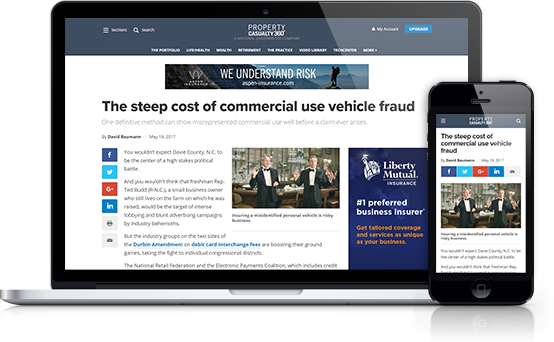When I first started in the insurance business as an underwriter–which doesn't seem all too long ago in my mind–collaboration required assembling teams of people in a conference room, passing memos and documents through intraoffice and regular mail, and making phone calls. Networking meant glad-handing with colleagues and contacts at seminars and social functions. Real-time processing meant dealing with the paper files that were piled on my desk in front of the CRT, which I avoided using if at all possible.
Since then, real-time collaboration and networking technology have transformed the way we live our lives and the way we do business. People may complain about the “always connected” world, but technology feeds our need to be social and linked to people across the room or around the globe. Today's collaboration solutions also offer easy-to-use interfaces in ever more powerful computing devices.
It is against this backdrop that insurers, dragging along a legacy of technology, must operate. The challenge for carriers remains how best to incorporate modern and emerging technology in ways that make it easy for employees and agents to collaborate and do business.
Recommended For You
Want to continue reading?
Become a Free PropertyCasualty360 Digital Reader
Your access to unlimited PropertyCasualty360 content isn’t changing.
Once you are an ALM digital member, you’ll receive:
- Breaking insurance news and analysis, on-site and via our newsletters and custom alerts
- Weekly Insurance Speak podcast featuring exclusive interviews with industry leaders
- Educational webcasts, white papers, and ebooks from industry thought leaders
- Critical converage of the employee benefits and financial advisory markets on our other ALM sites, BenefitsPRO and ThinkAdvisor
Already have an account? Sign In Now
© Touchpoint Markets, All Rights Reserved. Request academic re-use from www.copyright.com. All other uses, submit a request to [email protected]. For more inforrmation visit Asset & Logo Licensing.







